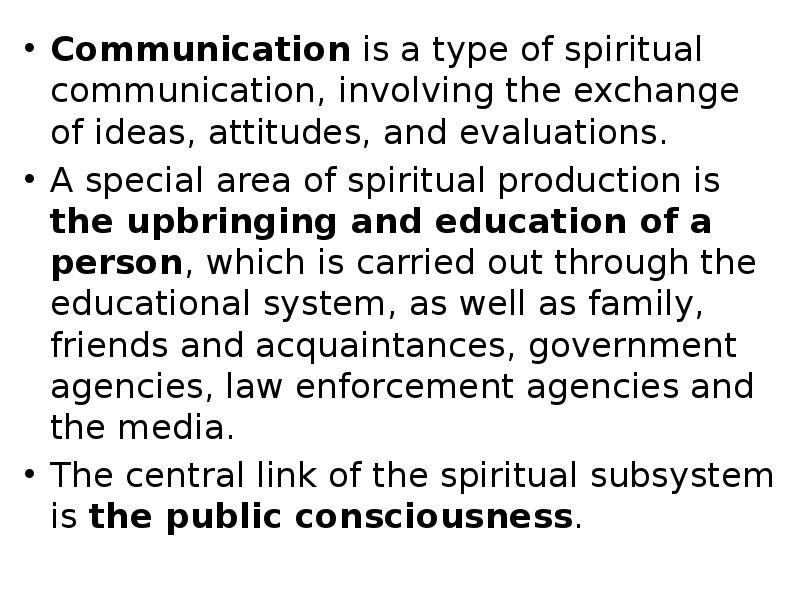Lecture 7. Social philosophy презентация
Содержание
- 2. The main issues of the lecture: 1. The subject and functions
- 3. Social philosophy is a section of philosophy that studies social life
- 4. The main subject of social action and social relations is a
- 5. The American sociologist E. Shilz identifies the following criteria of society:
- 6. Social life for centuries remained the object of interest of scientists
- 7. In the history of philosophy, there were many schools and trends
- 8. Marx and Engels developed a theory about society as a self-developing
- 9. 2. The structure of society. Modern society is a historically specific,
- 10. Social production includes: The reproduction of people themselves as public individuals;
- 11. Complication of social life is accompanied by increased differentiation of society
- 12. 1) The economic subsystem is a set of forms of industrial
- 13. In the production process, there are diverse relationships between people: organizational-economic,
- 14. Socio-economic relations include relations arising in the process of production, exchange,
- 15. Property is an institution that arises in the business, economic sphere.
- 16. Property determines who has economic power, who gets the income from
- 17. The emergence of the spiritual subsystem of society due to the
- 18. Communication is a type of spiritual communication, involving the exchange of
- 19. 3) Social subsystem. The social structure of any society in a
- 20. There are large and small social communities and groups. There
- 21. Political subsystem. The existence of social communities and groups with opposing
- 22. The central element of the political system is the state, which
- 23. 3) the territory where laws and powers of authority are extended,
- 24. The form of the state is determined by the form of
- 25. The main feature of the republic is that the source of
- 26. A federation is a union of political subjects (lands, subjects of
- 27. Thank you for attention!
- 28. Скачать презентацию



























Слайды и текст этой презентации
Похожие презентации





























